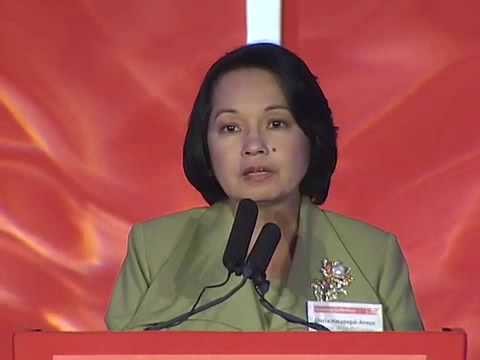Four Ways To Play The Fed And Strong Dollar
Post on: 13 Май, 2015 No Comment

Follow Comments Following Comments Unfollow Comments
The Federal Reserve will dictate the fortunes of emerging market portfolio managers worldwide in the coming months. A strong dollar is bad for commodities, so commodity producers like Brazil and South Africa will have a hard road ahead. No matter how sound these economies may be, the core economies — led by a stronger U.S. — will provide most of the direction for emerging market assets.
“Risk is much higher in developed markets and lower in emerging markets,” says Jan Dehn, an economist with Ashmore Group in London. “European banks are insolvent. You will get much better yield in emerging markets. But you have to choose wisely as rates slowly rise in the U.S..”
Ashmore is one of the largest emerging market investors out there. And while they have a general bias in favor of emerging market fixed income, Dehn is aware that the Fed will make life difficult for developing market fund managers.
Federal Reserve Bank chairwoman Janet Yellen with an Indian flag in the background. Whatever this golden girl does with the dollar will dictate how investors react to emerging markets.
The outlook for emerging remains complicated. With broadly unchanged growth dynamics and limited room for domestic policy maneuvers in some countries, emerging market assets will likely be driven by the forces of diverging monetary policies in core markets, says Barclays Capital’s head of economic research, Christian Keller, in the bank’s quarterly emerging markets report released Thursday.
“As the U.S. takes back the lead of the global business cycle, emerging economies will face gradually higher Fed rates and a
stronger dollar,” he writes.
On the plus side, the free money policies of Europe and Japan should continue to support global liquidity, making countries with higher interest rates attractive fixed income investments.
However, the performance of emerging market assets will reflect the different regional and country-specific disparities in economic, political and policy outlooks. Japanese bond investors will do better in Brazil, for instance, than they will do in Turkey, according to Barclays analysts.
Keller recommends the following four ways sophisticated investors can play emerging markets against the Fed.

Sell currencies where bond yields are low, the monetary stance is dovish and there is high sensitivity to a likely fall in the euro/dollar exchange rate. One might immediately think China in this case, as the E.U. is China’s biggest trading partner and China bond yields are low. However, the yuan is not free-float. Beijing has the power to weaken its currency and will do so if a stronger dollar and weaker euro hurts its all-important export sector.
As a result, Barclays recommends going short the offshore China yuan in anticipation of it weakening against the dollar. Other shorts include the Singapore dollar, Polish Zloty and Hungarian Forint.
Carry trade currencies are expected to do well, especially those with closer ties to the euro. The Indian Rupee is a favorite here, expected to strengthen again from its current trade of around 60 to 1.
Local Government Bonds
Most portfolio investors in this space prefer local bonds. They are willing to take on the currency risk in exchange for higher yielding debt. Keller recommends buying the debt of countries where economic policy is seen improving in the year ahead. Brazil is a favorite here due to the elections. Even the incumbent Dilma Rousseff is expected to take a different approach to the way she’s managed the economy if re-elected. Barclays singled out Brazil’s 7 year bonds and Indonesia 20 year bonds.
Fixed income managers will also be watching for countries where inflation is expected to fall. In that case, central bankers can lower interest rates. And bond investors currently holding higher yielding debt will see bond prices rise in response to falling yields. Bond prices and yields are inverse. For instance, if an investor is holding a 7% bond purchased at par value of $100 and yields fall to 6%, then the price of the 7% bond will rise in order to meet the market price of 6%. Investor demand for higher yield will automatically drive up bond prices and lower yields to reflect market rate.














